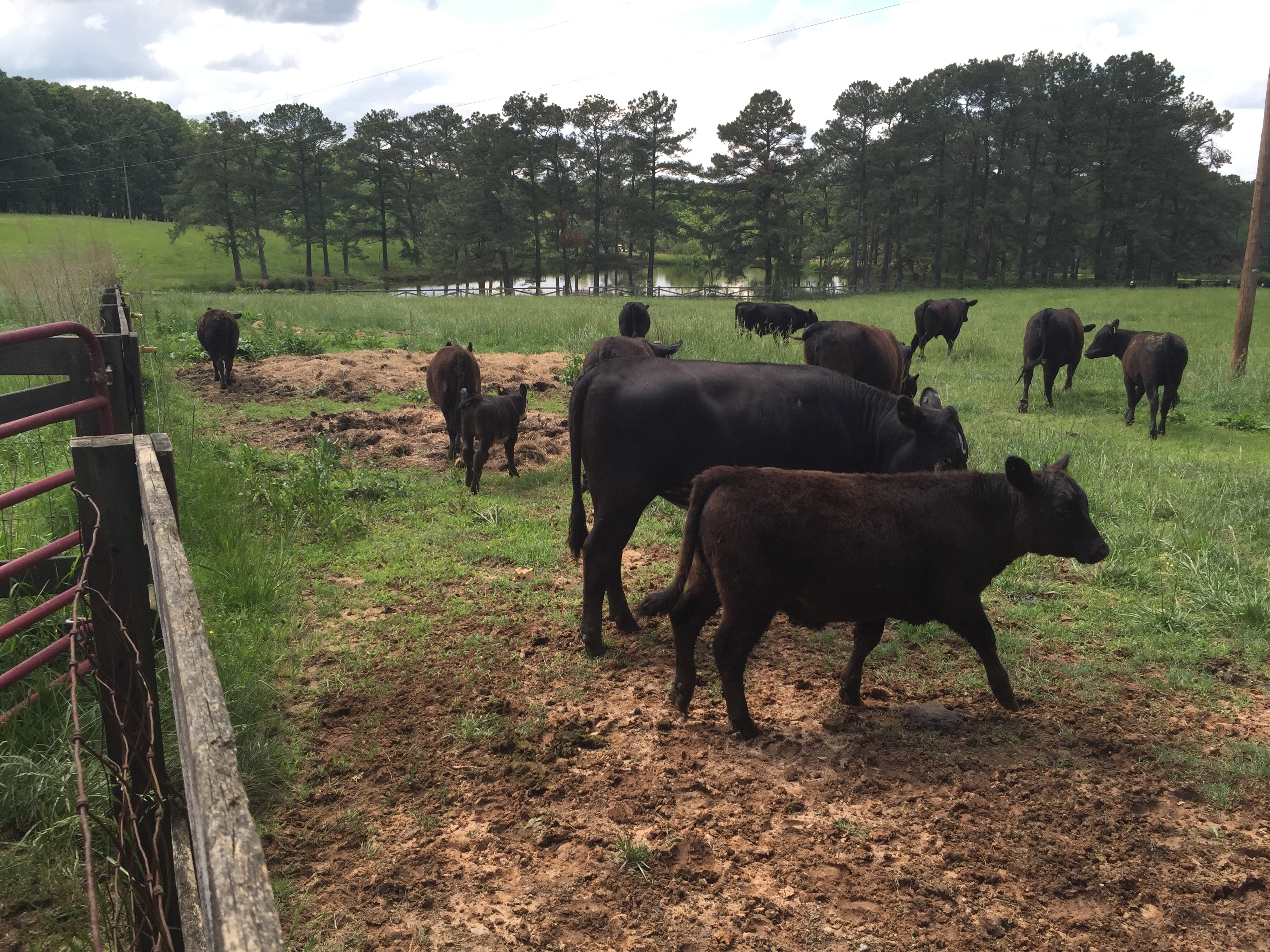One of our customers (Hi Bill!) sent me this article in, of all places, the Wall Street Journal’s website. It’s all about grass fed beef and what makes it actually not just good, but far superior to grain fed beef. This article isn’t about all the health benefits, but about flavor!
Usually when I see something about grass fed beef in the mainstream press I roll my eyes and prepare to give it little attention. Most articles are either written for mainstream beef production or are woefully misinformed. However it is obvious that the author in this article has been chasing a perfect grass fed steak for some time.
In the U.S., nearly all cattle spend their first months consuming predominantly grass and mother’s milk. It’s during what’s known as finishing that grain-fed and grass-fed cattle part ways. About 97% of our beef cattle consume at least some grain to speed weight gain, allowing them to be slaughtered at 18-20 months. The remaining, grass-fed 3% graze throughout their lives and are typically slaughtered at 20-28 months, and sometimes older.
I’ve been involved with cattle since I was 7 years old. However I’ve been finishing cattle, as discussed above, since I was in my late 30s. The rest of the time we sent off the six month old calves to the market to be grain finished, or we buried the cows here from old age. Those were the two choices.

When I first started finishing cattle, I just took a decent looking cow, kept him till he looked big, and then hauled him to the processor. What’s the big deal? Any fool can do this.
The big deal was when I received back my 380 lbs of meat from my 1100 lb cow that actually only weighed 900 once he hit the scales. the meat tasted like shoe leather. Or it had a metallic taste, or tasted like onions, or any one of 20 different bad tastes you can have with grass fed cattle. Apparently whatever we were doing we were doing WRONG! The old timers, trying to be helpful to a young upstart advised me, “Son, you do all that hippie crap you want. But before you take that cow to the processor you better put him in the corral for a couple of months and put him on grain if you want any decent meat.” I heard this time and time again. But that’s just a grain fed cow. I wanted grass fed AND grass finished!
The meat tasted goodish, if you could chew it long enough and got over the off tastes that were at the forefront of your palette. The hamburger was good and we frankly ground more of the cow than we cut. We also hosted a lot of parties where beef was on the menu. We gave away a LOT of beef just to clean the freezers and try again.
The sub-par grass-fed beef I tried in the past likely came from inexperienced farmers. “I think some of the early stabs at finishing cattle on all grass didn’t go so well,” said Dan Barber, the chef and sustainable-agriculture crusader behind Blue Hill restaurant in Manhattan and Blue Hill at Stone Barns outside the city.
We spent five years not selling a single ounce of beef, trying to learn how to finish cattle properly. Most grass farmers would not be able to spend 5 years with no revenue. Luckily I was working full time so the farm was not my source of income. However when I went to other farms, I found young, excited farmers who thought what they were doing was correct. But their way was not our way. We had to improve.
But did it work? That’s part of the next post.